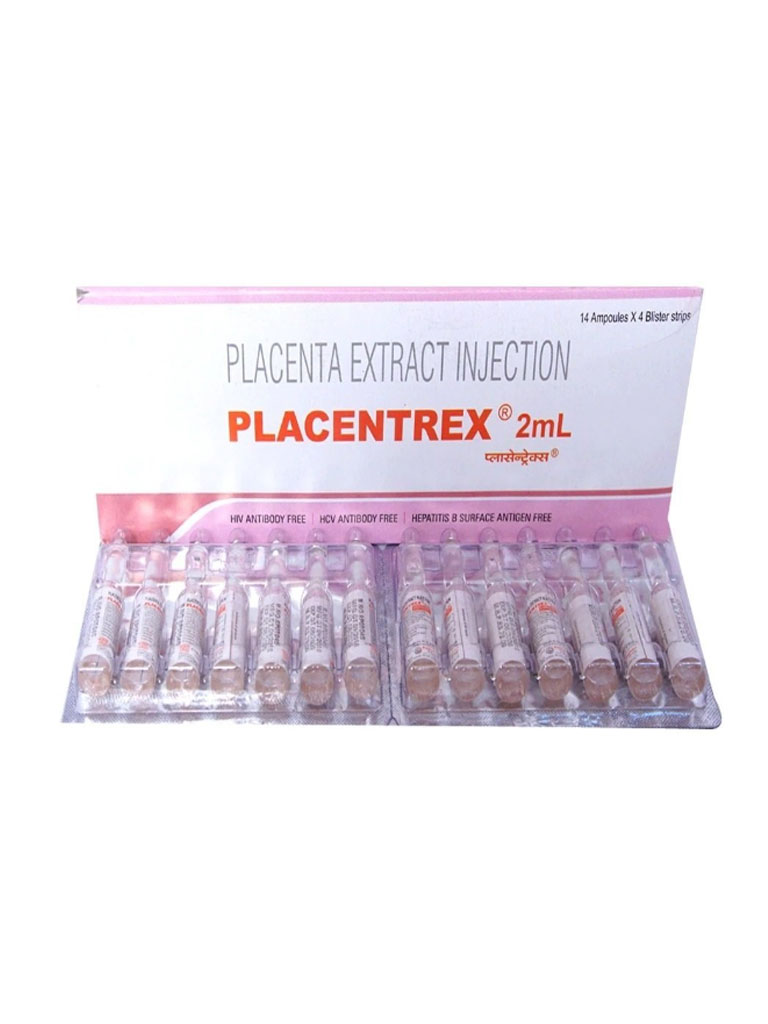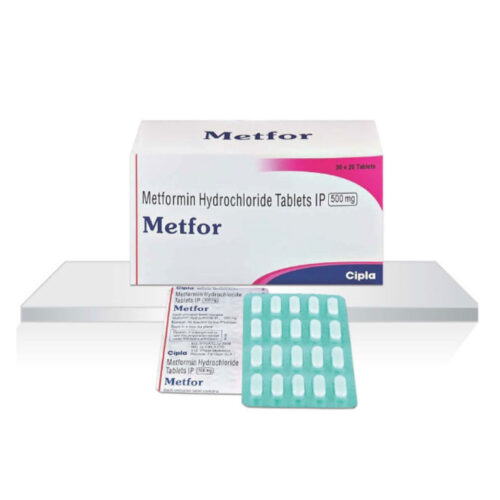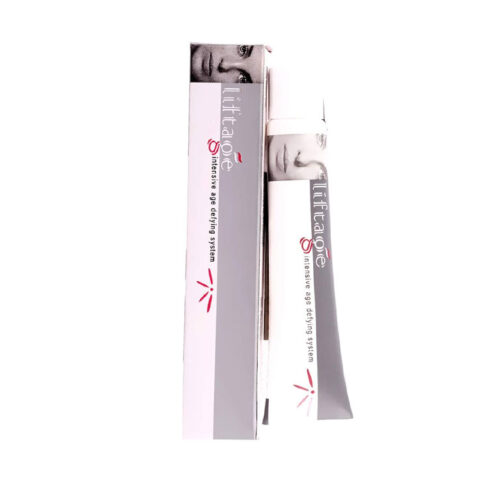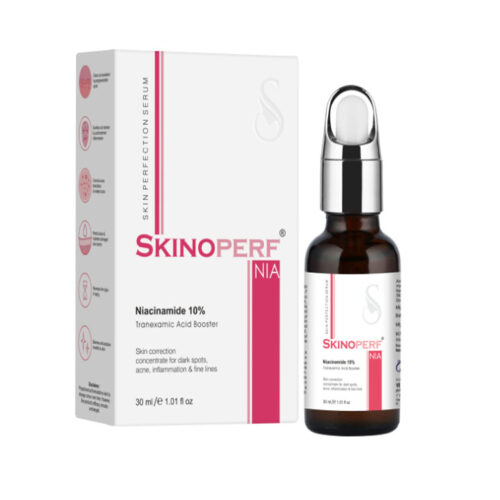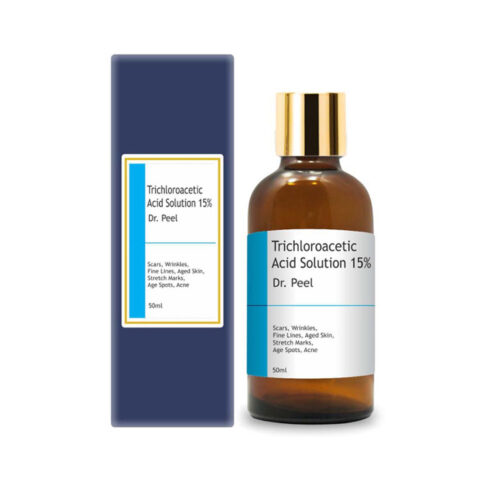Description
What is Placentrex® Injection?
Placenta extracts belong to the group of medicines called human-derived ingredients. It works by increasing blood flow and levels of certain proteins (hormones). This promotes tissue regeneration and allows wound healing with minimal scars.
The placenta extract combination effectively improved free radical scavenging, muscle hypertrophy-related FSTN mRNA expression, ameliorated cognition-related genes (ChAT and VAChT) and proteins, and inhibited MMP1/PKCα expression and elastase activity, suggesting that the placenta treatment may be useful for anti-aging therapy in which the accumulation of oxidative damage is the main driving force.
Placentrex Injection is given by your doctor or nurse, who will make sure you get the right amount. The dose you are given will depend on your condition and how you respond to the medicine. You should keep taking this medicine for as long as your doctor recommends. If you stop treatment too early your symptoms may come back and your condition may worsen. Let your doctor know about all other medications you are taking as some may affect, or be affected by this medicine.
Placenta extract in the treatment of chronic non-healing wounds. Placentrex Injection has antiseptic properties that are used for the treatment of long-term (chronic) wound infections. Placentrex Injection kills and prevents the growth of infection-causing microbes, thereby preventing abrasions, cuts, or any break in the skin from getting infected. The antimicrobial effect helps in the prevention of infection, promotes healing, and helps in the formation of healthy skin. Keep the affected area clean. Follow your doctor’s instructions carefully to get maximum benefit.
In the grand scheme of things, we’re just now tapping into what China and other Asian cultures have known for centuries. Placental tissue therapy is helping to boost stamina, regenerate cells, improve skin and so much more. The positive effects of placental tissue injections once thought to be merely legends, are now proving to be true. Here are 3 things you may not know about rapidly-growing treatment using placental tissue injections:
- Natural Ingredients. Unlike other treatments and medications that are man-made, placental tissue injections come from the most natural of sources. They are rich in proteins, hormones, vitamins, and many other important nutrients that occur naturally in the body. You’re not putting harmful chemicals into your body that may have adverse effects down the road.
- Less Risk of Side Effects. Most people who have gone through placental therapy report little to no side effects. They’re not experiencing headaches, insomnia, nausea, or fatigue like they do when taking other medications to treat their issues. While it’s true that not every placental tissue therapy yields the same results, very few people report any type of side effect.
- So Many Amazing Reviews. There are reports from all over the world of the amazing results people are seeing with placental tissue injections. From help with symptoms of liver disease to rejuvenating skin tone and color, the therapy seems to be universally beneficial to the human body. Here are just some of the many health conditions that placental treatment has proven beneficial for:
- Osteoarthritis Pain & Cartilage Repair
- Pre-Menopause and Menopause Symptoms
- Skin Elasticity, Texture, and Thickness
- Joint Flexibility
- Immune System Boost
- Sexual Performance
- Mental Functions
- Heart Disease
- Cell and Tissue Regeneration
- Liver and Kidney Disease
Placental tissue therapy is usually just one injection and can take effect quickly. People begin seeing results within days of their injections. They also notice a general change in their overall health, not just the targeted area.
Placentrex injections
Placentrex injections are human placenta extracts used to promote wounds and scar healing. It treats contact dermatitis as well. The placenta is the most bizarre compound that reaped success in the skincare world. The use of the placenta in injections or topical products gets back to many years in Asian countries. Many patients have their doubts. However, several studies confirmed the placenta’s positive cosmetic potential.
Placentrex injections are extracts of fresh human placenta packed with nutrients and growth factors. The various growth factors contained in these injections influence many biological processes. They regulate the immune response, which relieves symptoms of contact or allergic dermatitis. Growth factors also promote blood supply to wounds and ulcers, boosting repair and healing.
Placenta extracts have as many benefits to other organs as the skin. They enhance collagen secretion and skin cells growth. Subsequently, placenta extracts reduce scars appearance, reverse wrinkles, smooth the skin texture and increase firmness.
Some researchers observed the impact of the placenta on the skin. They reported that the porcine placenta reduced inflammation and oxidative stress in mouse skin. A 2015 study confirmed that placenta gel accelerated and enhanced wound healing in surgery patients. Moreover, accumulating evidence suggests age-defying properties in placenta extracts. Subjects who sustained long-term treatment with placenta extracts reported increased elastin and collagen production. Evaluation of the subject’s skin revealed a significant decline in wrinkles and fine lines appearance.
What is the placenta, and how does it work?
The placenta is a temporary organ that attaches the fetus to the uterine wall and provides nutrients and oxygen. After birth, the placenta naturally detaches from the uterine wall and descends with delivery.
The most common placenta type used in skincare products is the sheep placenta. Other sources include human and plant placenta. Since plants don t give birth, their placenta is different. It provides seeds with nutrients and has different compounds than animal placentas.
The known biological effects are regulation of immune responses, facilitation of wound repair, and healing. Placenta extracts also help in balancing hormones and promoting cells regeneration.
Placenta extract age-defying properties
Aging is a natural process that begins at birth. It is a series of biological changes that lead to slow repair and regeneration abilities. In the skin, high free radical levels are an essential aging factor. The connective tissue in the skin loses its elasticity and firmness because of reduced blood supply, collagen, and hyaluronic acid. The skin suffers more than other organs because it is exposed to UV light and pollution. External factors accelerate the aging process.
Placenta extracts are rich in antioxidants. Neutralizing free radicals with antioxidants protects skin cells and collagen from oxidative stress. Subsequently, Antioxidants reduce chronic inflammation and its disturbing downstream effects. In addition to an antioxidant-packed placenta extract formula, It contains an extended range of growth factors. These bioactive molecules have anti melanogenic and collagen-boosting properties. Growth factors induce fibroblasts (connective tissue cells) to produce and secrete more collagen. In conclusion, Placentrex injections work on many levels to restore natural skin thickness, firmness, and elasticity.
Benefits of Placenta Extract Injection
Primary Effects
- For patients with liver disease, repairs hepatocytes that have fibrillated under the influence of alcohol or viruses. Promotes fat loss in liver tissue.
- Increases respiration and metabolism of tissue cells and promotes cell activity
- Placental extract injections were used with success in case of loss of hair in women during the period following confinement and outside this period. The overall rate of improvement was 74%; total recovery occurred in 43% of cases. In postpartum cases, the rate of improvement was 91%, recovery was 64%. The results obtained in 65 cases are reported.
Other Expected Effects
- Promotes circulation (improves cold sensitivity and metabolism)
- Improves menopause symptoms
- Improves lactation deficiencies
- Regulates menstruation
Placenta Therapy: Its Biological Role of Anti-Inflammation and Regeneration
The human placental extract has been used to treat fatigue, postmenopausal symptoms, wound healing, and growth retardation in Korea. Combined with acupuncture therapy, placental extract extends its therapeutic limit to pain control. Recently, we have reported acupuncture point injection (API) with placental extract modulated inflammation-involving pain symptoms in chronic pain diseases. In order to rehabilitate patients suffering from chronic pain and restricted joint mobility, the placental extract was injected into acupuncture points localized on the joints, surrounding muscles acting in concert with the joints, and paravertebral muscles affecting the innervation of the joints. Here, we describe the pathology of pain syndromes including neck pain, back pain, shoulder pain, knee arthritis, fibromyalgia, and complex regional pain syndrome, and propose a methodology of APIs with placental extract in treating these pain diseases.
The human placenta is a unique organ that connects the developing fetus to the uterine wall. The placenta provides nutrient uptake, thermo-regulation, waste elimination, and gas exchange to the growing fetus via the mother’s blood supply. Since the placenta is a provisional organ, it becomes a salvage material after delivery. For decades, clinicians and researchers work on the application of the placenta for therapeutic purposes. The types of placental preparation used in the studies are fragments of placental tissue, amniotic and chorionic membranes, umbilical cord, amniotic fluid, placental extracts, and cord blood stem cells. Methods of application widely vary from subcutaneous, intramuscular, intravenous, topical, intraoperative, biocovers, and substitutive material to oral administration.
Research on human placental extract began to thrive from the description of the method of its preparation by Russian ophthalmologist Filatov. Filatov initially observed that grafting-preserved human corneas had better clinical outcomes than freshly isolated ones. He convinced that isolated tissues readjusted themselves to develop biogenic stimulators under unfavorable environmental factors. He advocated the principle of therapeutic tissues which could exhibit curative effects by adapting themselves to the tissues affected by the pathological process. Since the placenta is a storehouse of potent biogenic stimulators, the application of placental extract ranges from immunology, stem cell research, genetics, and cancer research to tissue engineering. Placental extracts were demonstrated to contain a wide range of peptides, proteins, minerals, amino acids, nucleotides, carbohydrates, and steroid hormones.
Experimental evidence has accumulated on the therapeutic effects of placental extracts. One of the most important roles of the placenta is to protect the embryos from oxidative stress, and therefore, the placental extract has antioxidative properties. Antioxidant properties of the placental extract are usually associated with the protein components, especially alpha-fetoprotein.
Injecting placental extract to a wound margin or applying placental extract topically to chronic nonhealing wounds promoted the healing of injured tissues. This mechanism appears to be related to an increase in transforming growth factor-beta (TGF-β) in the early phase of wound healing and vascular endothelial growth factor (VEGF) in the late phase. The regeneration of sciatic axons by placental extract injection was validated by increased synthesis of regeneration-related protein factors such as GAP-43 and Cdc2.
Application of placental extract in menopausal disorders allowed reducing the number of hot flushes and normalized hormone profiles. Experimental animal model studies showed that placental extract decreased symptoms of fatigue and increased resistance to physical stress. Placental extracts were also demonstrated to have anti-inflammatory effects in both animals and humans. In adjuvant-induced polyarthritic rats, injection of the placental extract was demonstrated to alleviate arthritic symptoms including joint destruction and expression profiles of inflammatory cytokines. Intra-articular injection of placental extract reduced deformity of knee joints and inhibited matrix metalloproteinase-2 and -9 activities of cartilages of osteoarthritic knee joints in rats.

